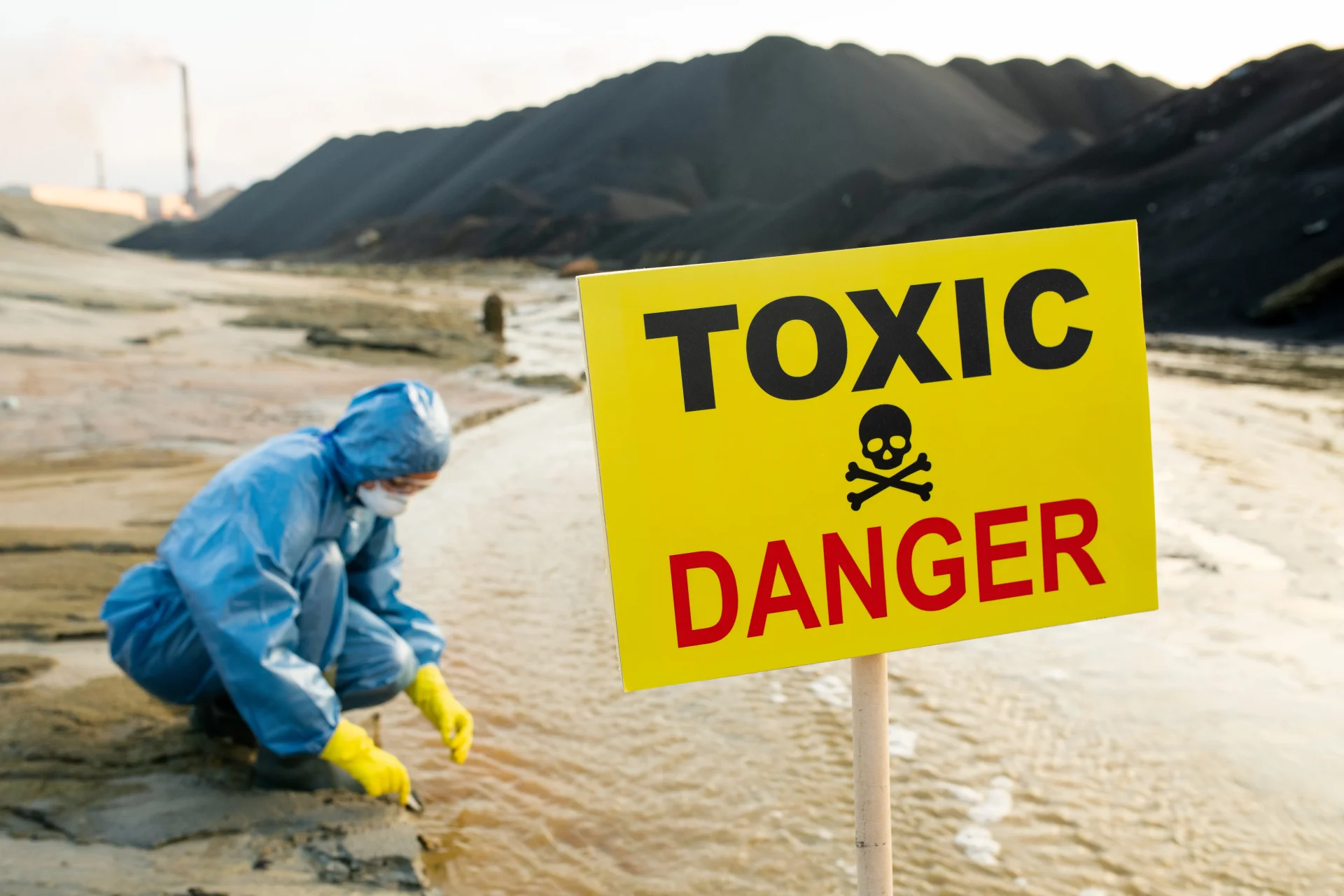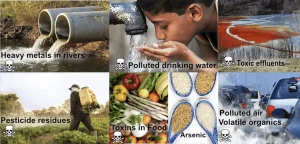Lead is a potent neurotoxin that causes irreparable harm to children’s brain. According to the WHO, there is no known safe level of lead in the blood.
According to recent study by Unicef and Pure Earth, lead poisoning is affecting children on a wider scale than ever recognized before.
Lead is known to be damaging to nearly every system in the human body. In particular, it can cause great harm to children’s developing nervous systems, especially affecting calcium signaling in their brains.
Unicef and Pure Earth’s study showed that 1 out of 3 children globally, mostly in low to middle income countries, had blood lead levels at or above 5 μg/dL (micrograms per decilitre), a concentration that has been associated with reducedintellectual capacity. Furthermore, the World Health Organization (WHO) established that there is no known safe level of lead in blood. Quantities that were previously considered to be safe have been shown to impair the cognitive development of some children in more recent studies. Due to lack of proper regulation, particularly in industry or old plumbing systems, children can easily get exposed to lead, leading to lifelong consequences.
Sources of lead exposure
Nowadays, children are mostly exposed to inorganic lead. The sources of this exposure are numerous.
Vulnerability of Children
Even though adults in the same families may be exposed to most of these sources as well, children are most vulnerable to the toxicity of lead due to various factors. Children breathe, drink and eat more per unit of body weight than adults do; therefore, their relative intake of lead from polluted air, food or waste is higher. Once ingested, they absorb about 50% of the lead after a meal and 100% on an empty stomach – adults only absorb up to 20% and 70% respectively. Because children’s brains are still developing, lead can easily get through the blood-brain barrier and interfere with the neuronal connections that are being formed. Finally, children’s behavior accentuates their likelihood of exposure to the chemical, since they often play outside, engage in hand-to-mouth behavior and generally are less concerned about hygienic conditions.
Effect of Lead on the Nervous System
The toxicity of lead to the human body is a consequence of the ability of lead ions to replace other cations like Ca2+, Mg2+ or Fe2+. Calcium in the form Ca2+ is essential to the brain’s chemistry; if the lead ion Pb2+ is present, it may easily trick the brain and replace it.
Once lead is inside the body, it can disrupt the movement and storage of calcium inside cells, resulting in the death of neurons and other brain cells. It can also hijack the communication between neurons. When a neuron is activated, Ca2+ enters the neuron and stimulates the release of neurotransmitters. These carry the activation signal from the first neuron to the next one across a small gap, passing the signal. This process continues until the signal reaches its target. If Pb2+ is present, it may interfere. It will block the entrance of calcium to the neuron, resulting in less calcium passing through. The neuron will then release less neurotransmitters, sending a weaker signal to the next one. In addition, lead can also cause spontaneous neurotransmitter release in non-activated neurons causing inappropriate signals.
The outcome is missed neuronal connections in the prefrontal cortex of the children’s brain, the area responsible for planning,setting future goals and impulse control. Lead exposure has been linked to learning disabilities and augmented aggressiveness. Even low levels of lead in blood have been linked to lower scores in IQ tests in infants.
Existing Regulations
The current regulatory limits of lead in water, air, soil, foodstuff and paint in the EU are presented in Table 1.
Table 1: EU regulations for lead levels
|
Location |
Lead concentration limit |
|
Drinking water |
10 μg/L* |
|
Air |
0.5 μg/m3 |
|
Soil |
50-300 mg/kg |
|
Foodstuff |
5 μg/kg** |
|
Paint |
90 mg/L*** |
*This quantity is proposed to be lowered to 5 μg/L in the following years.
**The European Safety Authority concluded that this value is no longer appropriate since there is no evidence for a safe threshold of lead ingestion.
*** Concentration limit recommended in UN Environment’s “Model Law and Guidance for Regulating Lead Paint”
These concentrations are still often exceeded. In 2015, it was reported that many homes in Ireland contained 80 times the legal lead level in water due to old plumbing that needed replacing. The same problem has been reported in countries such as Germany.
The effect of phasing out lead from petrol globally – as of 2018, it was phased out in all countries except Algeria – has resulted in a trend of decreasing lead blood levels in children. However, a study conducted in Sweden in 2017 reveled a halting of this trend after some years, showing that even in first-world countries there are other main existing sources of lead that still need to be detected and eliminated. Current regulations in Europe concerning the use of lead in dyes and ceramics are expected to decrease children’s blood lead levels further.
Nanolyse Technologies Ltd is working on the development of low-cost chemical tracking and testing instruments which will make the monitoring of lead levels in environment and biological materials easier and more accessible and help detect further sources.
Please cite this article as: “Bàrbara Levering, Matt Randall and Juliet Martin (2020), Lead Toxicity in Children. Nanolyse Technologies, Oxford, UK.”
Further Reading
- UNICEF and Pure Earth (2020). The Toxic Truth: Children’s Exposure to Lead Pollution Undermined a Generation of Future. https://www.unicef.org/
- Canfield, R. L., Jusko, T. A., & Kordas, K. (2005). Environmental lead exposure and children’s cognitive function. Rivista italiana di pediatria, The Italian journal of pediatrics, 31(6), 293–300.
- Wani, A. L., Ara, A., & Usmani, J. A. (2015). Lead toxicity: a review. Interdisciplinary toxicology, 8(2), 55–64. https://doi.org/10.1515/intox-2015-0009
- Rudnai, P. , HBM4EU (2019). Lead. https://www.hbm4eu.eu/the-substances/lead/
- Agency for Toxic Substances & Disease Registry (2019). Lead Toxicity: What is the Biological Fate of Lead in the Body?. Case Studies in Environmental Medicine. Fulltext.




